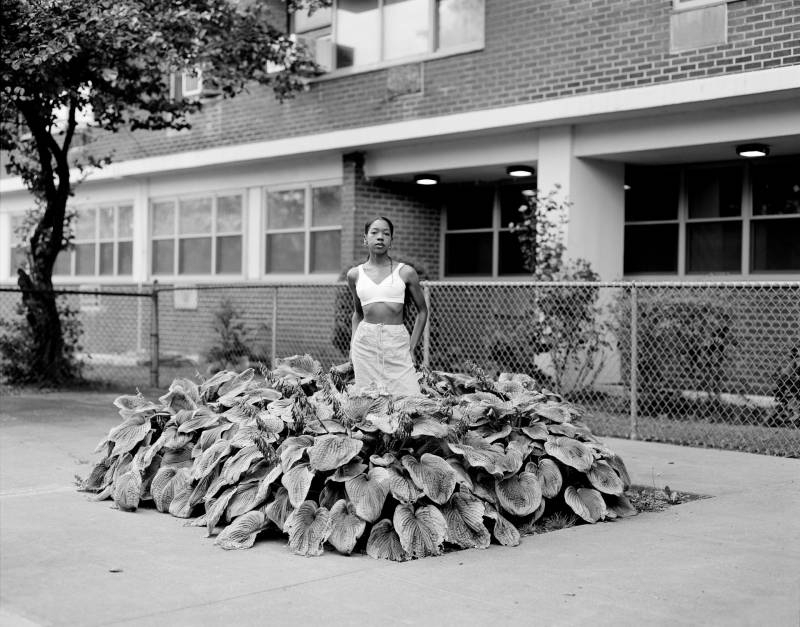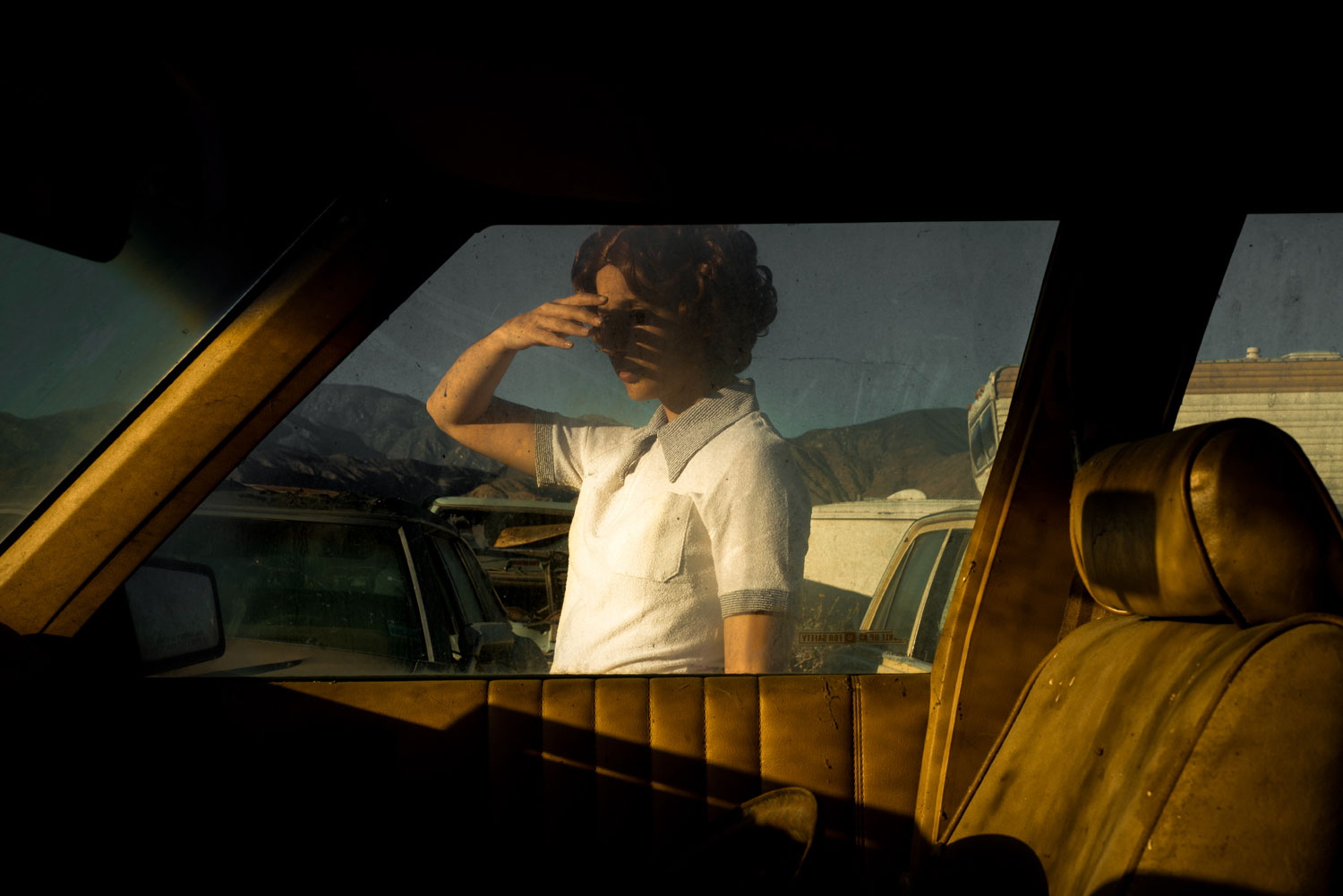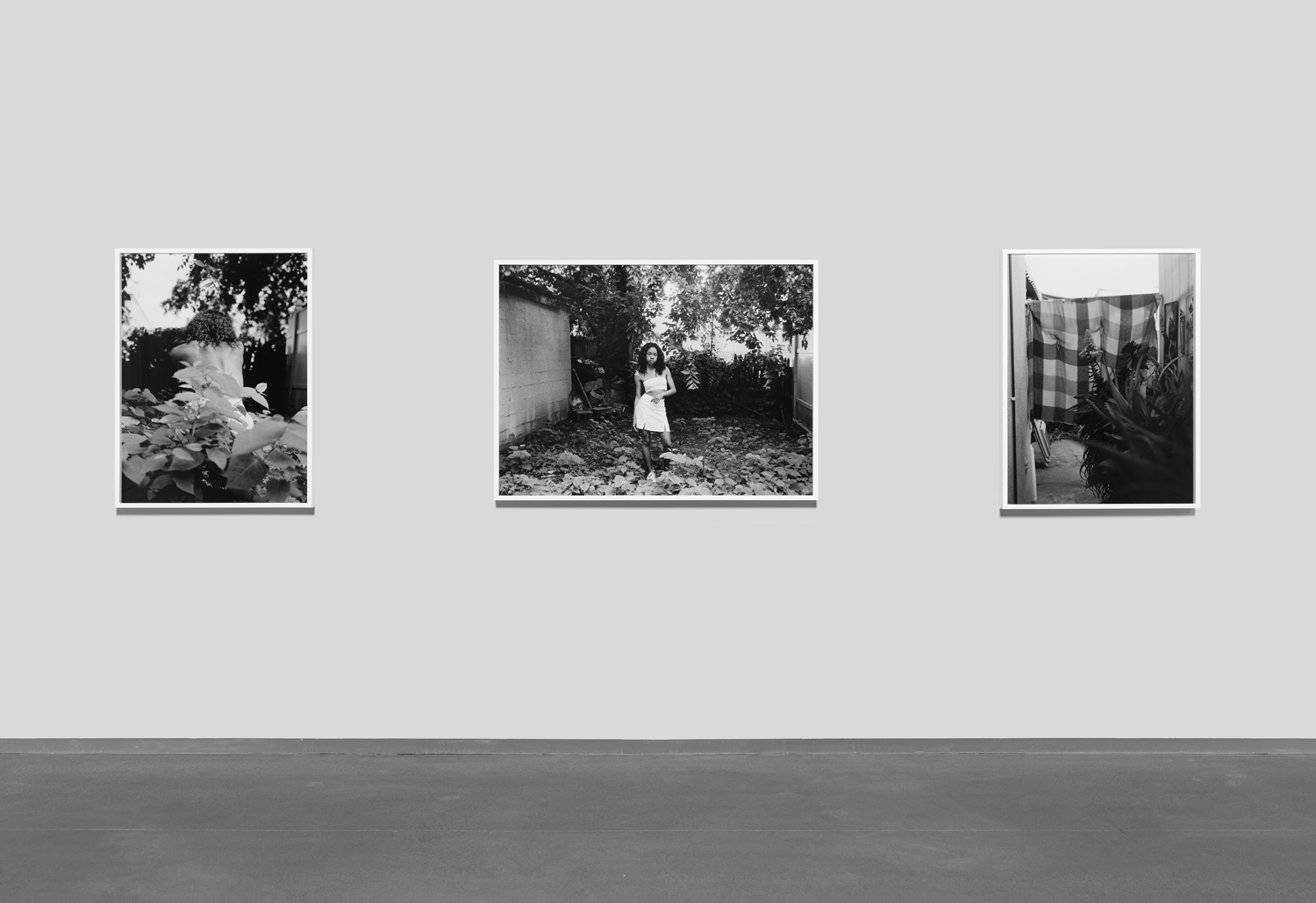It felt like years since I’d visited Pier 24 when I arrived on a recent weekday morning to view Looking Forward: Ten Years of Pier 24 Photography. Wait, it had been years. Like many, many things, Pier 24’s generally unhurried schedule (their exhibitions can stay up for close to a full year) was further delayed by the pandemic. So while they launched the first half of their 10th anniversary celebration in 2019, this second installment, which opened Aug. 8, has turned into a 12th anniversary celebration. I’m happy to report it was worth the wait.
Pier 24 houses the Pilara Foundation’s photography collection, an impressively ever-growing thing, and does a rare thing with its group shows. While there are 16 artists in Looking Forward, each is displayed in their own roomy gallery. And in those galleries, we’re usually seeing a single body of work, a privileged view that keeps the threads of an artist’s approach intact. It’s a style of presentation that is as much like a studio visit as it is a museum show.
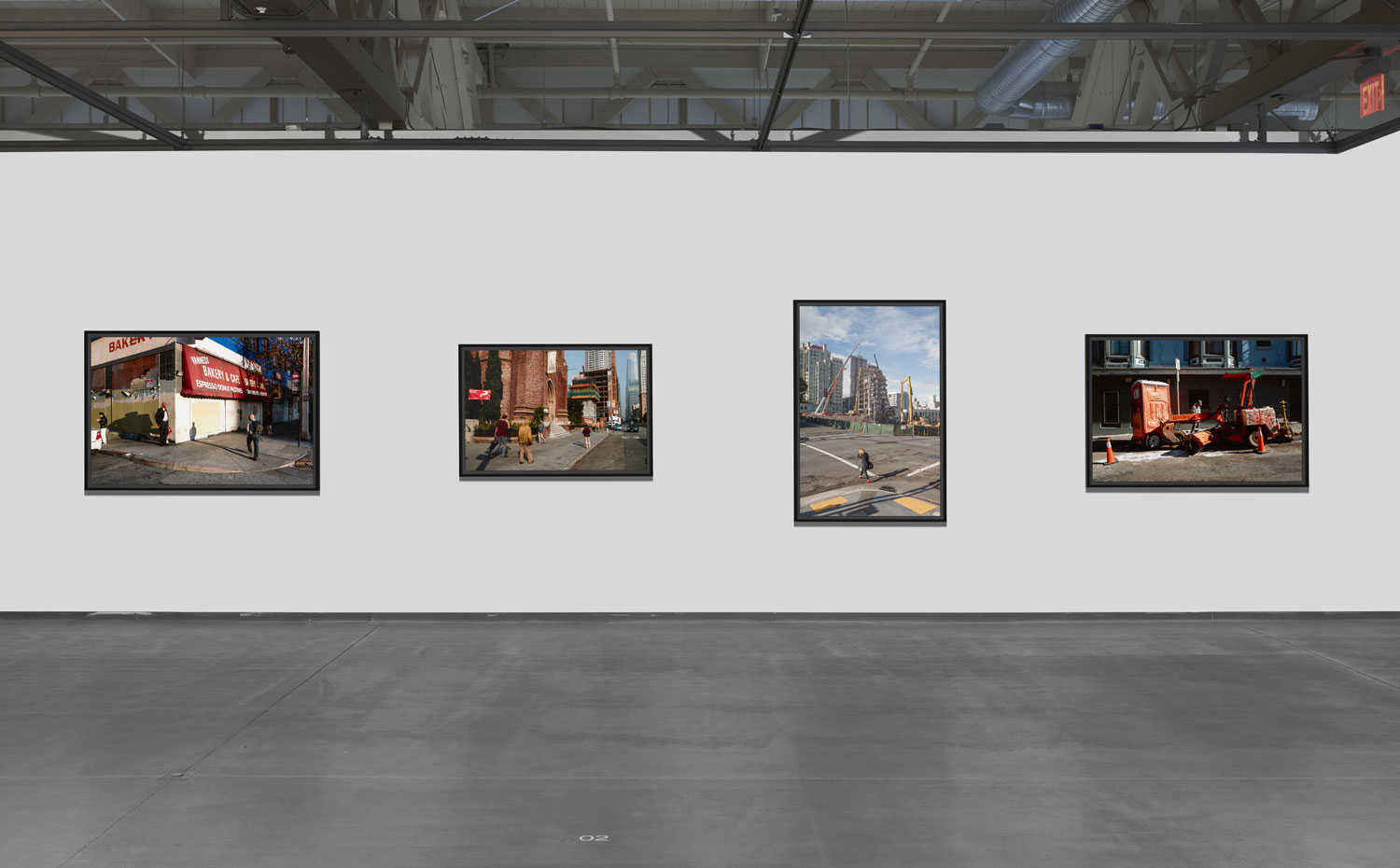
The theme of “work collected in the past 10 years” is a pretty loose one, but certain themes and gestures run through the galleries: city life; obscured views; highly staged compositions; fortuitous light. The show opens with images of the Bay Bridge (one wall a grid of found postcards, many depicting the pre-2013 double-decker eastern span), Pier 24’s most prominent visual neighbor, and follows photographers Daniel Postaer, Awoiska van der Molen and Austin Leong through familiar San Francisco streets.
Postaer’s images, from a series called Boomtown, feature buildings going up and coming down and the intermingling of office workers and unhoused people on brightly lit, colorful corners. Shadows are crisp and dramatic. Meanwhile, van der Molen’s city is moody, photographed in black and white, and empty of people. And Leong’s is somewhere between the two: intimate, small-scale images full of odd encounters between technology and city residents. All three depictions of San Francisco are immediately recognizable and true.
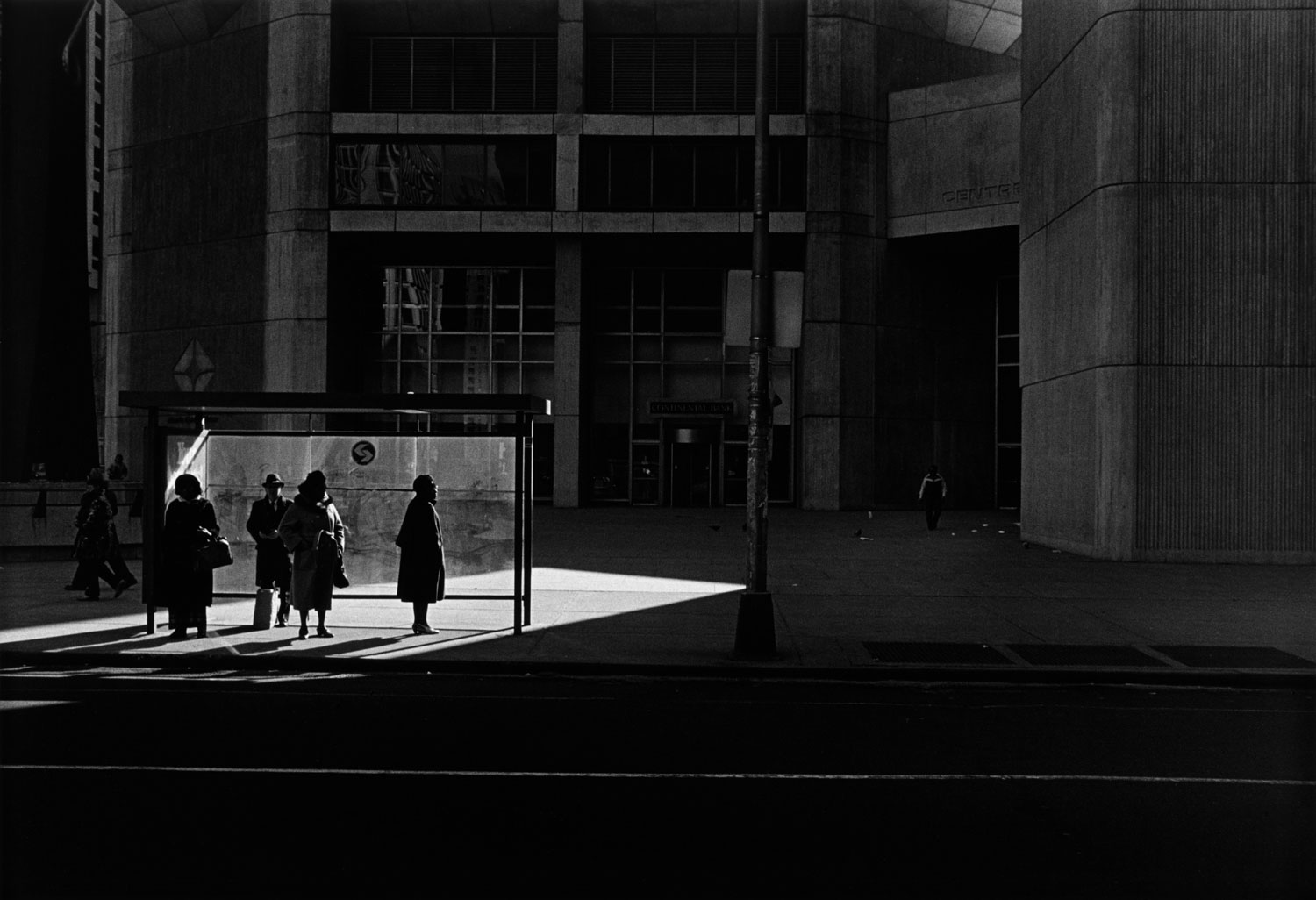
The exhibition bookends these local views with Ray K. Metzker’s high-contrast black-and-white images, mostly from the 1950s and 60s in Philadelphia and Chicago. He captures people lit by the slimmest shafts of sunlight sneaking between tall buildings. “We pluck a few threads from reality and weave them into another reality,” Metzker is quoted in the exhibition guide. In Metzker’s hands, that “other reality” dwarfs people, casts us as tiny, round figures against a backdrop of urban design that is all hard edges and disorienting reflected light. While Postaer, van der Molen and Leong’s work flows out of this 20th century street photography, the distance between their approaches is vast. In their focus on more human-scaled spaces, it’s possible to see a contemporary understanding of how the structures of finance and capital have damaged our very fragile lives.
